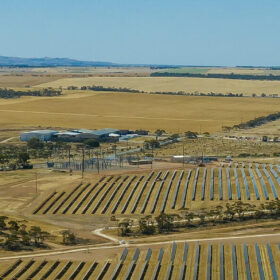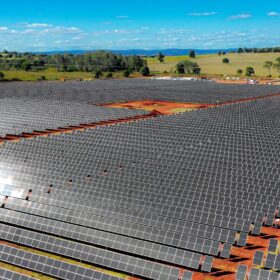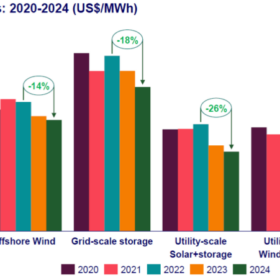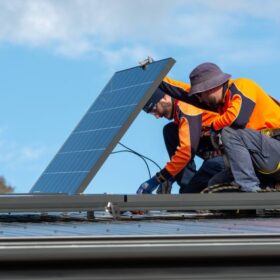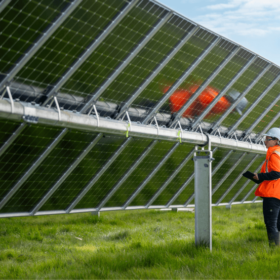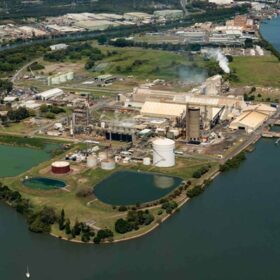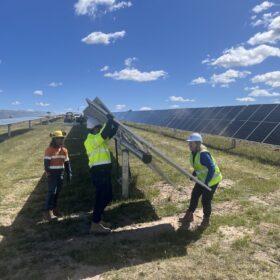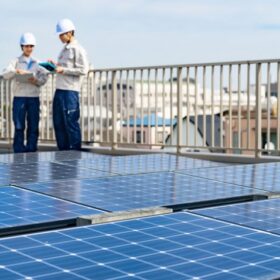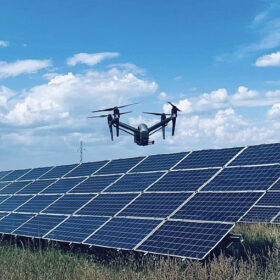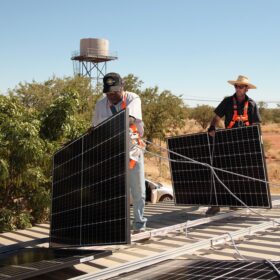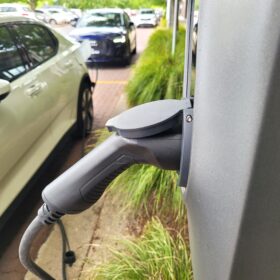1komma5° announces largest Australian acquisition yet
German solar technology developer and retailer 1komma5° has continued to strengthen its presence in the Australian market with the acquisition of Queensland-based Arkana Energy Group.
Epic secures connection agreement for 200 MWh battery
South Australian energy infrastructure company Epic Energy has secured a connection agreement for a 100 MW / 200 MWh battery energy storage system that is to be installed alongside the company’s two solar farms at Mannum in the state’s Riverland region.
Solar’s heavy lifting is Queensland’s ray of hope to hit transition target
New modelling shows that Queensland is on target to achieve its 80% renewable energy goal by 2035 with 13 new large-scale solar and wind projects with a combined 4.38 GW of generation capacity likely to be commissioned within the next three years.
Utility-scale PV cheapest power source in Asia Pacific, says WoodMac
Wood Mackenzie says the levelized cost of electricity in the Asia-Pacific region hit an all-time low in 2023, as utility-scale PV beat coal to become the cheapest power source. It predicts a further drop in costs for new-build solar projects, driven by falling module prices and oversupply from China.
New body appointed to oversee solar installer accreditation scheme
The Clean Energy Regulator has announced that the newly launched Solar Accreditation Australia is the new accreditation scheme operator for the nation’s solar workforce – more than 9,000 installers and designers.
Glenrowan Solar Farm reaches full capacity in quick time
Less than 12 months after construction began in northern Victoria and the 102 MW Glenrowan Solar Farm has been completed and commissioned and is now operating at full unconstrained capacity.
Fortescue pushes back decision on Gibson Island hydrogen project
Fortescue and renewable energy developer Genex Power have again pushed back the sunset date on their 25-year solar supply deal for the 70,000-tonne green hydrogen production facility being developed at Gibson Island in Queensland.
ACEN lands loan to boost renewables expansion in Australia
Philippines-based energy company ACEN Corporation has secured a $150 million funding package that will bolster its plans to deliver a 9 GW portfolio of solar, wind, battery storage and pumped hydro projects in Australia.
Net metering move puts Indonesia’s 3.6 GW rooftop solar goal at risk
The Indonesian government has ended net metering for rooftop solar installations. The Jakarta-based Institute for Essential Services Reform says this could make it harder for the country to meet its solar deployment targets, as PV installations will become more expensive for households and small businesses.
Shining a light on module quality
With solar panel prices tumbling, project developers will need to be vigilant about quality. Comprehensive product testing could be a vital safeguard as PV manufacturers struggle to retain their margins, according to Everoze’s Martin Laing and Gauthier Dambrine.

